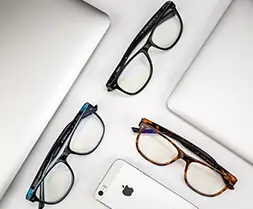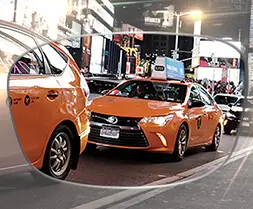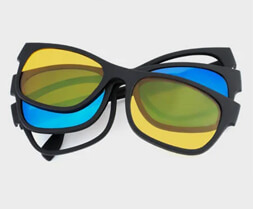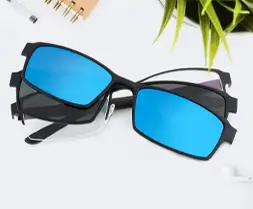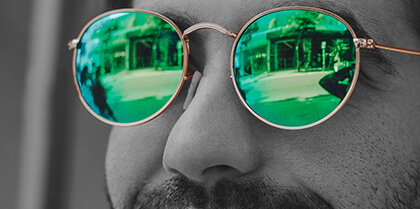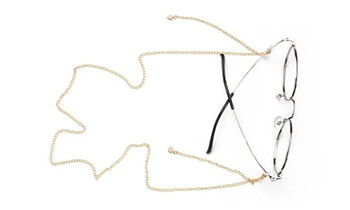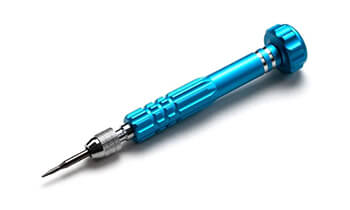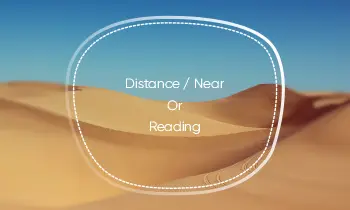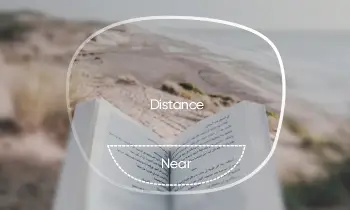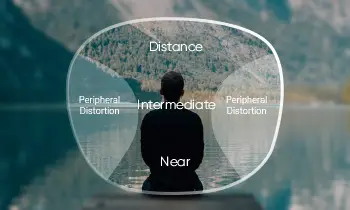Pilots are very high-end and valuable talents; whether they are driving airplanes or military aircraft, the requirements for pilots are very high. If there is no superb overall quality, there is really no way to manage complex and sophisticated modern aircraft. Among all the recruitment criteria, there is one that I don't know how many people are sieved out, and that is eyesight, especially those with a strong prescription.
Pilots at thousands of meters of altitude to identify instruments, orientation, reference, other aircraft, and the outline of ground objects without excellent vision is no way to do. Especially before the birth of fire control radar and missiles that can track their own targets, the normal flight and firing of fighter pilots all rely on visual and mental calculations to estimate the advance and range; no pair of eyesight is no way to choose the pilot team, this is a global common practice.
What are the vision requirements for pilots currently?
In the United States, pilots flying for airlines are required to have 20/20 vision to see near, corrected or uncorrected, As well as 20/40 vision to see in the intermediate and at a distance corrected or uncorrected. Where wearing prescription glasses, contact lenses, or even having had eye surgery, such as LASIK, are acceptable. For those pilots who only fly recreationally and not commercially, the requirement for visual acuity is also slightly reduced to 20/40, corrected or uncorrected vision for seeing distance and near, with no requirement for intermediate vision.
Those using corrected vision would be well advised to carry additional contacts or prescription eyeglasses in their flight bag. In fact, that will be company policy for most airline pilots.
Reasons for allowing nearsighted pilots
So is it really because the U.S. Air Force and airlines have insufficient reserves that it allows nearsighted people to fly fighter jets and airplanes? In fact, it is not. The United States has the largest pilot reserve in the world, and there is no shortage of pilots at all. The U.S. military is more interested in the pilot's knowledge base, his strong desire to fly, how leadership, and whether he has the potential to be an officer than only physical fitness. Besides, modern medical advances can give good correction and treatment for nearsightedness, so good eyesight is not a requirement for the U.S. military to choose a pilot.
In World War II, the U.S. P-51D Mustang and German FW190 fighters were equipped with semi-active targeting aids to help pilots calculate advance. Since then, the fighter's electronics automation has been unstoppable; from the launch of air-to-air missiles, regardless of the introduction of today's over-the-horizon combat, pilots increasingly need a developed brain and high IQ, the requirements of vision but gradually reduced.
The most famous is Jeffrey Feinstein, the No. 2 ace in the USAF Vietnam War, and he is nearsighted. After achieving five combat victories, he had to get prescription glasses because his nearsightedness worsened. But he still wore glasses as a pilot for a few years and later became a leader and commanded the "Watchtower" early warning aircraft in the Gulf War. It can be seen that the U.S. military does not reject myopia to fly a fighter jet and does not think there are any obstacles to wearing prescription glasses to fly a fighter jet; wearing sunglasses in the flight helmet to fly a fighter jet is no longer strange.
With the further improvement of airborne fire control radar and enemy identification systems, the original need for the pilot's hand and eye work is replaced by computers to complete and be faster and more accurate. So in recent years, the U.S. Air Force and Navy, in the recruitment of pilots, appropriately lowered the requirements for vision. However, only vision, color blindness, and color weakness are still not possible to be selected.



